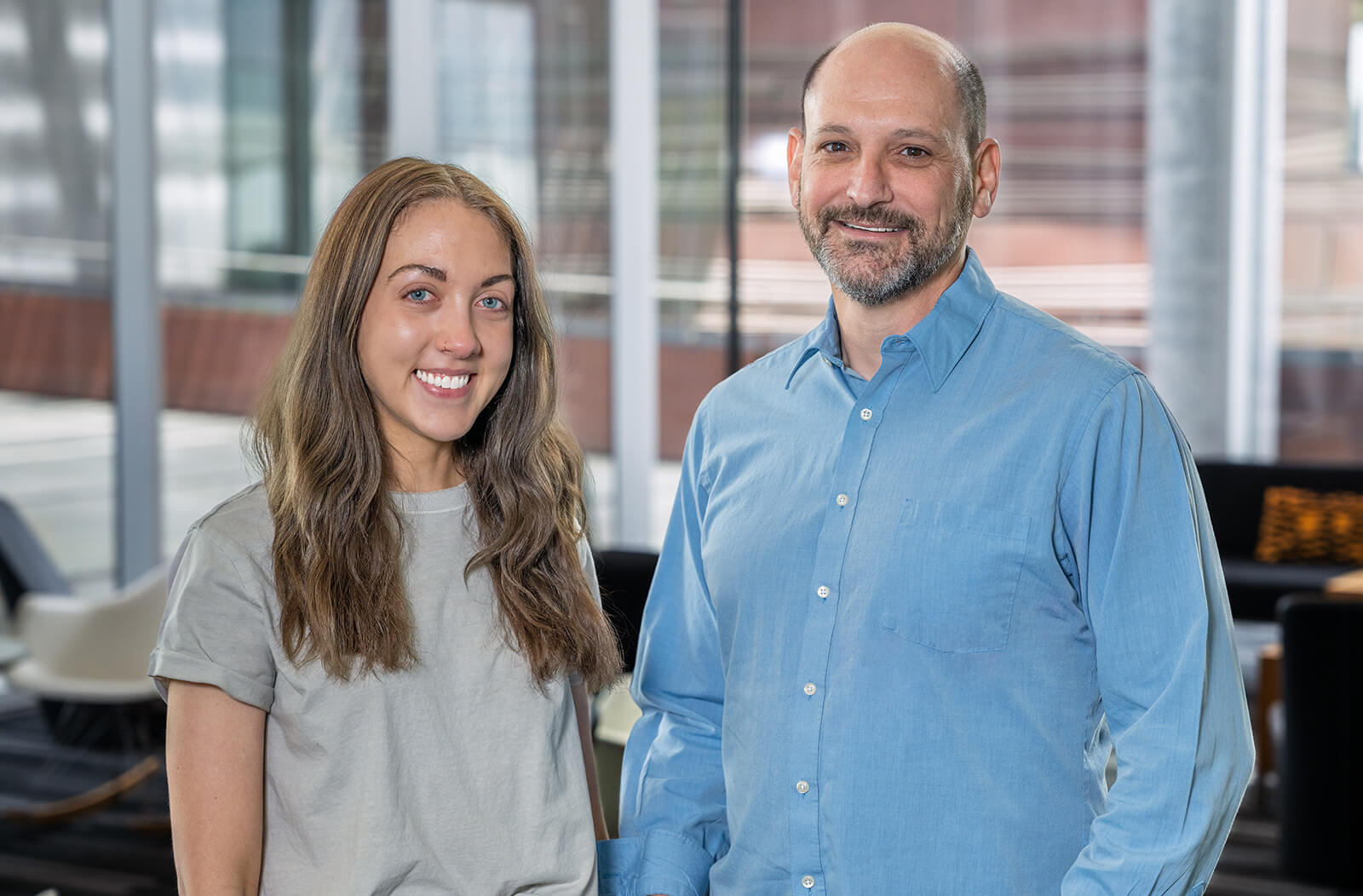
New Study Shows How Wikipedia and Twitter Expand the Impact of Research

With new scientific information discovered and reported each day, one strategic challenge is where researchers should post their new studies to share.
To raise awareness of the fencing response — a visible sign of a traumatic brain injury (TBI) — a dozen years ago, Jonathan Lifshitz, PhD, and his research team published the first report and reposted the content on Wikipedia. The team studied Twitter and Wikipedia statistics to identify trends related to public interest.
“We hypothesized that the fencing response was associated with college and professional football games, which would be identified on a Sunday evening or Monday morning,” Dr. Lifshitz said. “We plotted the data by day of the week and month over 10 years, and you could identify hot spots during the football months.”
Dr. Lifshitz is a research professor in the Department of Psychiatry at the University of Arizona College of Medicine – Phoenix. He has an extensive academic background in neuroscience and TBI.
Lifshitz led a team that included a recent college of medicine graduate Kyle L. Roe, MD, MPH, graduate student Katherine R. Giordano, and others to gather and analyze the data. For the study, Lifshitz and his research team searched for relevant tweets on Twitter containing the phrase “fencing response” between January 1, 2010, and December 31, 2019.
“In the data from Twitter, you can see that as soon as football season starts, the number of tweets for fencing response goes up,” Dr. Lifshitz said. “You can actually identify hot spots and find specific events that caused these really high spikes.” Invariably, the hot spots were related to high profile sporting events.
Like Twitter, the daily page views for the “Fencing Response” Wikipedia article were gathered and analyzed as a function of time, including by day, month, six months and one year. The six-month intervals were separated as March-August and September-February to roughly represent the American football season and its off season.
Dr. Lifshitz and his team were surprised by the Wikipedia data. The “fencing response” information that Dr. Lifshitz published (and worldwide editors revised) on Wikipedia received more than 200,000 page views per year over 10 years. Typical research articles garner hundreds of interactions.
“It’s a forum that we don’t necessarily think about,” Dr. Lifshitz said. “There is an opportunity to take our research findings and either actively write new pages or update existing pages in the compendium of knowledge in Wikipedia.”
Wikipedia, the open-source encyclopedia, provides access to scholarly content. The more informed that Wikipedia editors are, combined with greater access to scholarly content, the higher the quality and reliability of the content produced.
Twitter’s seasonal data shows how topics can trend, but Wikipedia’s evergreen reader numbers could provide a consistent platform for researchers to publicize and disseminate their research results. Dr. Lifshitz sees this as an opportunity to make new — and even older — discoveries accessible.
“If Wikipedia is the starting point, hopefully people will continue to learn and dive deeper into topics,” Dr. Lifshitz said. “I’m not disappointed at all that the initial investigation starts with Wikipedia because it’s a perfectly valid entry point to new knowledge and understanding.”
The impact of the fencing response, perhaps elevated by social media and public access platforms, is evidenced in the current National Football League (NFL) concussion guidelines. Players who demonstrate the fencing response are immediately disqualified from the current competition and undergo concussion screening.
About the College
Founded in 2007, the University of Arizona College of Medicine – Phoenix inspires and trains exemplary physicians, scientists and leaders to advance its core missions in education, research, clinical care and service to communities across Arizona. The college’s strength lies in our collaborations and partnerships with clinical affiliates, community organizations and industry sponsors. With our primary affiliate, Banner Health, we are recognized as the premier academic medical center in Phoenix. As an anchor institution of the Phoenix Bioscience Core, the college is home to signature research programs in neurosciences, cardiopulmonary diseases, immunology, informatics and metabolism. These focus areas uniquely position us to drive biomedical research and bolster economic development in the region.
As an urban institution with strong roots in rural and tribal health, the college has graduated more than 1,000 physicians and matriculates 130 students each year. Greater than 60% of matriculating students are from Arizona and many continue training at our GME sponsored residency programs, ultimately pursuing local academic and community-based opportunities. While our traditional four-year program continues to thrive, we will launch our recently approved accelerated three-year medical student curriculum with exclusive focus on primary care. This program is designed to further enhance workforce retention needs across Arizona.
The college has embarked on our strategic plan for 2025 to 2030. Learn more.